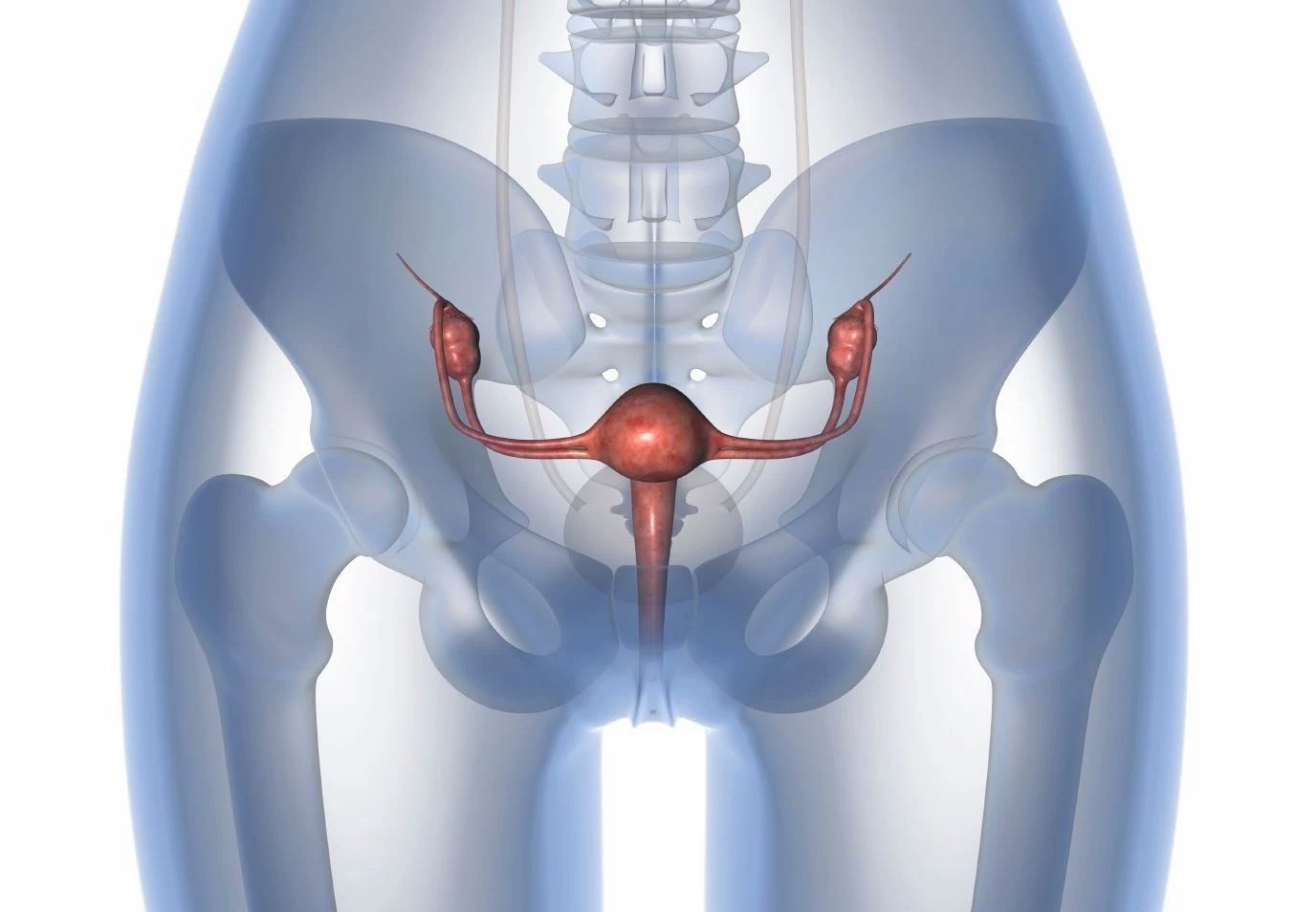Envafolimab Combo Yields Enduring Responses in Advanced Endometrial Cancer
Data support subcutaneous envafolimab plus lenvatinib as a promising new therapy option in advanced endometrial cancer.
“The data support subcutaneous injection of envafolimab plus Lenvatinib as a new promising and convenient treatment option in the larger population,” according to the study authors.

Sustained responses and manageable tolerability were reported in patients with advanced previously treated endometrial cancer, according to findings from a phase 2 trial (NCT05112991) presented during the 2024 American Society of Clinical Oncology (ASCO) Annual Meeting.
In a phase 2, open-label, multicenter trial (NCT05112991), there was a confirmed ORR of 40.0% (95% CI, 21.1%-61.3%) in the primary end point analysis of 25 patients at the data cutoff July 12, 2023. The best overall response was partial response in 10 patients (40.0%), stable disease in 11 (44.0%), and progressive disease in 3 (12.0%). One patient (4.0%) was not evaluable for response. There was a disease control rate (DCR) of 84.0% (95% CI, 63.9%-95.5%).
Additionally, the median progression-free survival (PFS) was 9.2 months (95% CI, 4.0-11.0). For these patients, there was a 7.5-month median duration of response (DOR; 95% CI, 5.5-not estimable).
“Envafolimab plus lenvatinib showed robust durable antitumor activity with a manageable safety profile in patients with previously treated advanced non-MSI-H/non-dMMR endometrial cancer, a population with high unmet need for effective treatment options in China,” the investigators wrote in their poster.
A total of 32 patients enrolled on this trial and received envafolimab at 400 mg subcutaneously every 4 weeks plus lenvatinib at 20 mg orally once a day. The primary end point was ORR by blinded independent central review, and secondary end points included ORR by investigators, DCR, DOR, PFS, overall survival, and safety.
To be included on this trial, adult patients with histologically confirmed advanced endometrial cancer had to have an ECOG performance status of 0 or 1, progression on at least 1 prior line of platinum-based chemotherapy, and were required to be ineligible for curative surgery or radiation. For central retrospective biomarker analysis, tumor tissue or biopsy specimens from patients were also required.
The baseline characteristics showed the median age was 60 years (range, 44-74), and the ECOG performance status was split evenly between 0 and 1. Over half of patients had 1 prior systemic therapy (59.4%), 25.0% had 2 prior therapies, and 15.6% had 3 or more prior therapies.
A majority of patients had endometroid adenocarcinoma (65.6%), with FIGO grade 1 in 6.3%, FIGO grade 2 and 3 in 21.9% each, and unknown FIGO grade in 15.6%. Another 21.9% of patients had serous adenocarcinoma, 3.1% had clear-cell adenocarcinoma, and 9.4% had a histologic subtype categorized as “other.”
In terms of safety, 31 out of the 32 patients (96.9%) experienced treatment-related adverse events (TRAEs). The most common TRAEs of any grade were hypothyroidism in 59.4%, proteinuria and hypertension in 56.3% each, and platelet count decrease in 53.1%.
Twenty patients (62.5%) had grade 3 or 4 TRAEs. The most common grade 3/4 TRAEs occurring in 25% or more of patients included hypertension in 25.0%, palmar-plantar erythrodysesthesia syndrome in 12.5%, and anemia in 9.4%. However, no grade 5 TRAEs were observed.
Another cohort on this trial looked at envafolimab alone but did not report out at this time. Envafolimab is also being investigated as combination therapy in unresectable hepatocellular carcinoma (NCT05213221), locally advanced rectal cancer (NCT05216653), and advanced very low rectal cancer (NCT05970900).
In China, therapeutic options after platinum-based chemotherapy in the frontline are limited, which is one of the reasons investigators chose envafolimab for this combination. Envafolimab is also the first subcutaneously injectable anti-PD-L1 antibody to receive approval from the China National Medical Products Administration.
“The data support subcutaneous injection of envafolimab plus Lenvatinib as a new promising and convenient treatment option in the larger population,” the investigators concluded.
Reference
Wen H, Wu X, Li Q, et al. Efficacy and safety of combination therapy with envafolimab and lenvatinib in patients with endometrial cancer after failure of first-line platinum-based therapy. J Clin Oncol. 2024;42(suppl 16):abstr 5597. doi:10.1200/JCO.2024.42.16_suppl.5597